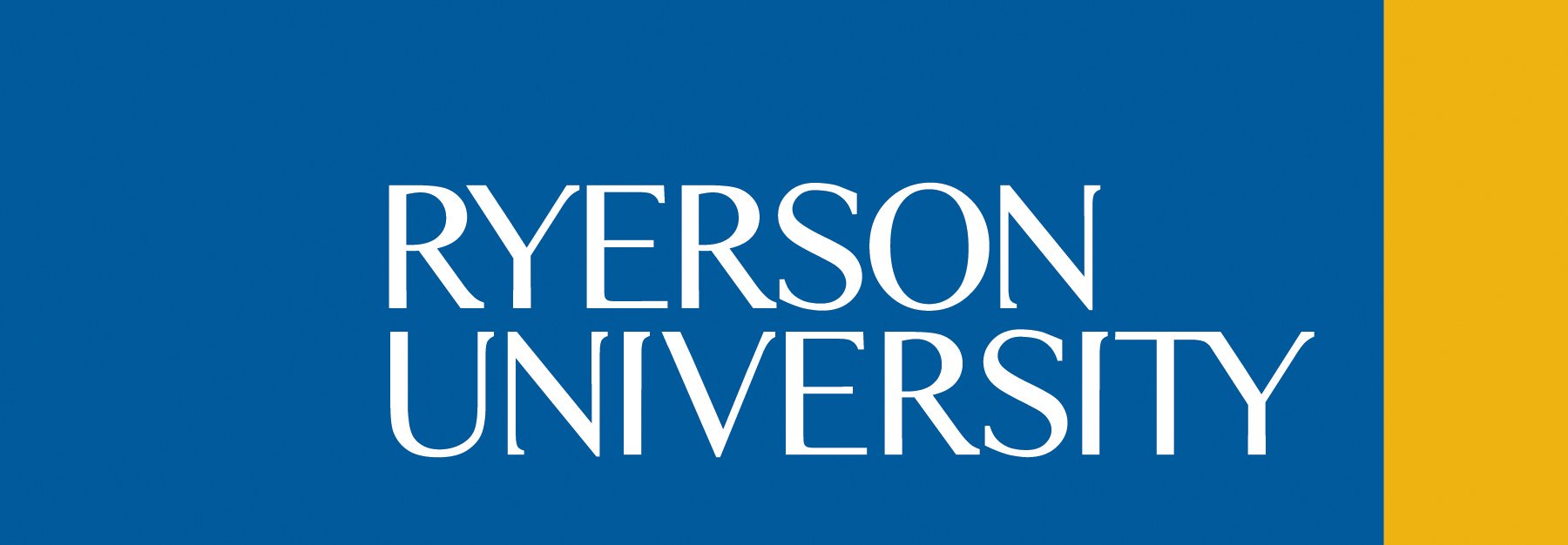Why Are Textbooks So Expensive? Part 1

Many sites are right here to save you money on textbooks; however, what are the real motives why textbooks cost a lot? We will look at this problem from three unique points of view: a university professor and textbook writer, the textbook publishers, and the college bookstores. We hope these statistics will help you recognize the reasons textbooks are so luxurious.
From an Author’s Standpoint
Henry L. Roediger III, a professor of psychology at Washington University in St. Louis and a textbook author, wrote a piece on excessive textbook charges for the Academic Observer. According to Roediger, textbooks are more highly priced because of the recent popularity of the used textbook marketplace. He mentioned the used textbook marketplace as trouble now, not because of college students promoting to each other, but because of the massive buying of textbooks by used book wholesalers who then ship the book to some other campus where it will likely be used subsequent 12 months.
The textbook wholesalers, several of which own the bookstall, purchase textbooks from college students at a small fraction of the students’ price, after which they promote the books again to the next batch of college students at an inflated “used ebook” rate. This cycle results in publishers and authors not getting fair bills for their work in generating the textbooks. Roediger compared the practice to providers who sell pirated music and no longer pay royalties to record labels or artists. The only distinction, he mentioned, is that the used textbook industry is the prison and tune pirating isn’t always.
Here is a concrete instance that he provided:
His ebook, Experimental Psychology: Understanding Psychological Research, was published by Wadsworth Publishing Company. The bookshop can pay the corporation $—50 for the new book. The authors acquire 15 percent royalties from the ebook, so the three authors break up the $ $11 majesty, and the writer gets the rest. However, on the Washington University book place, the listing fee of the ebook is $99.75, a markup of $26.25 (or 35.7 percent). The authors get $11.02 for their paintings, while the bookshop makes $26.25 gross earnings for a book.
When a student sells their textbook at buyback, the book place buys it back at a significantly marked-down rate, somewhere between 25 and 50 percent. Let’s assume that Experimental Psychology is sold again for forty percent of the new book fee (that’s a generous assumption). That buyback price could be $39.90. After shopping for it, the bookshop will mark it up dramatically and resell the ebook. Suppose the used ebook is bought through the store for $75, which appears like a good buy relative to the brand new book fee of $99.Seventy-five. The earnings markup for the bookshop in this used ebook could be $35.10, which is even better than the (nevertheless very huge) profit made on the new ebook ($26.25). So on the second (and third and fourth, and so on) income of the same book, the bookshop and used ebook corporation make huge cumulative income while the publishers and authors get no additional revenue.
Hot Koi Fish Tattoos, Design, and Ideas! A Revitalization of a Traditional Japanese Design

Koi fish tattoos are fast developing in reputation. In reality, many conventional Japanese tattoo designs are coming to life with new shiny tattoo ink colors. This is a swiftly growing motion very similar to the West Coast tattoo fashion. The West Coast tattoo style started with the concept of taking older classic tattoo issues like anchors, hearts, and many others, and including a ton of brilliant and beautiful links to them. A few years back, the West Coast tattoo style was about the freshest aspect of tattoos.
However, many people aren’t glad to stick with what all of us else has already done, and most of the people who get tattoos want them to be particular. Therefore, tattoo artists are always looking for brand new designs, new ideas, and new methods to take their artwork to the next stage. This regular pushing of the envelope develops many hot new developments in a tattoo design.
In the past five or so years, there was a rebirth or revitalization of traditional Japanese tattoos. One of the hottest topics in Japanese tattoos has been koi fish tattoos.
Koi fish are prevalent amongst ladies, but many guys are getting them additionally now. In Japanese mythology, koi are generally said to swim upstream in opposition to the current. Consequently, they are regularly related to perseverance in adversity and might make an excellent tattoo with a completely deep meaning, yet a sensitive and exquisite design.
Men generally get koi fish tattoos on their right shoulders, calves, or upper thighs. In reality, massive koi tattoos absorb the entire back area fashion that many guys are starting to get. They can also make a fantastic complete sleeve design with the water and koi twisting the arm or leg.
Women tend to get koi tattoos on fingers, thighs, or even on the sides of their stomachs. Koi could make a stunning tattoo with masses of brilliant color and large splashes of blue water, which can grow to be a flowing and creative tattoo.
Typically,y koi fish tattoos function in a big blue, splashing water heritage with the fish jumping out of the water and playfully splashing in it. Traditional designs frequently encompass either Japanese maple leaves or lotus leaves in a mixture with the design.
How Much the Field of Education Has Risen in India After Independence

India is a growing United States of America with zeal to excel in each area. This you. S A had seen so many sorrows and aches during the time of British rule. But inside, Britishers nd Indians learned loads of new inventions, technology, and techniques. After independence, it possesses a developing scenario in every subject, and education is one of the fields whose development is at par. The United States of America had gotten up to date only through this tool of training. Now we can visualize the instructional improvement of India after independence in the following way.
Percentage of Literacy
The price of literacy was extended extraordinarily at the time of independence. It turned into 19.3 % in 1951 and sixty-five. 4 % in 2001. The authorities had started free and obligatory primary schooling with a provision of a mid-day meal. Universities and faculties in India have increased significantly.
Enlargement of Technical Education
After independence, an order was established of many engineering colleges, scientific faculties, polytechnics, commercial schooling institutes, etc, which imparted technical schooling and schooling with a good deal of approach. For instance, the Indian Institute of Technology, the Indian Institute of Management, and many other faculties of medical and agricultural schooling.
Education for Women
In historic times, ladies were expected to be imprisoned in their houses. They have been assigned to do household work. But after independence, ladies had their identities. They had started their participation in the field of schooling on pinnacle precedence. The literacy rate of girls had increased significantly after independence.
Vocational Educational
The authorities had commenced so many programs to offer vocational education within the dairy, agriculture, typing, pisciculture, electronics, carpentry, and mechanical, and so forth.
Science Education
Indians are brilliant in the area of medical innovations and discoveries. To increase new techniques and technology, we require the real know-how of technological know-how. After independence, there have been so many faculties that offer schools with a focus on technology. The economic aids are being furnished with appreciation to teaching materials, teachers or professors, laboratories, and technology kits, and many others.
Educational Institutes
In ancient times, there were not sufficient schools, faculties, and universities in India. After independence, there were enough colleges and universities in India. The number of universities in 1951 became 27, which had increased to 254 by 2001.
Thus, India has seen so many trends within the discipline of education after independence, thus raising the level of excellence to an incredible peak, enabling it to face every challenge.














